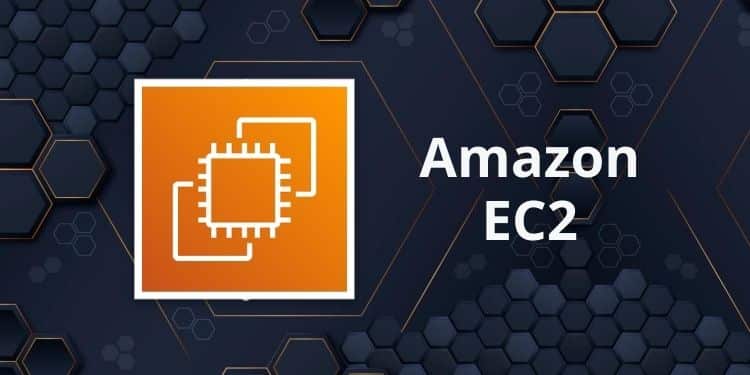In the universe of software development, the ability to deliver high-quality applications rapidly and efficiently is a significant competitive advantage. AWS CodePipeline, a fully managed continuous delivery service, plays a pivotal role in achieving this by automating software application build, test, and deployment processes. This article delves into the intricacies of AWS CodePipeline, exploring its components, benefits, and how it revolutionizes the development workflow.
Table of Contents
Understanding AWS CodePipeline
AWS CodePipeline is designed to streamline the software development process by automating the phases of building, testing, and deploying applications. It enables developers to rapidly release new features and updates, ensuring a consistent and efficient workflow. The service integrates seamlessly with other AWS services and third-party tools, offering a flexible and scalable solution for software delivery.
Key Components of AWS CodePipeline
AWS CodePipeline comprises several critical components:
- Source Stage: This is where the pipeline fetches source code from repositories like AWS CodeCommit or GitHub, triggering the build process upon code changes.
- Build Stage: In this stage, the code is compiled into a distributable format, utilizing services like AWS CodeBuild.
- Test Stage: Here, the application undergoes various tests for functionality, performance, and security using AWS CodeBuild, AWS CodeDeploy, or third-party tools.
- Deploy Stage: The final stage involves deploying the application to the target environment, such as Amazon EC2 instances or S3 buckets, using AWS CodeDeploy.
The Workflow of AWS CodePipeline
AWS CodePipeline automates the movement of code changes through these stages. Each stage consists of actions, which are tasks like compiling code or deploying to servers. These actions can run in parallel or series, providing flexibility in how the pipeline processes the code.
Continuous Integration and Deployment
AWS CodePipeline supports Continuous Integration and Continuous Deployment (CI/CD) practices, enabling developers to integrate code changes frequently and deploy them automatically to production. This approach ensures that new features and fixes are delivered quickly and reliably.
Setting Up AWS CodePipeline
Setting up a pipeline in AWS CodePipeline involves creating a pipeline through the AWS Management Console, configuring the source, building, testing, and deploying stages, and defining the actions within each stage. This setup process is user-friendly and can be customized to fit specific project requirements.
Monitoring and Troubleshooting
Effective monitoring and troubleshooting are crucial for maintaining the productivity of AWS CodePipeline. AWS provides tools like CloudWatch Logs and metrics, along with integration with Amazon SNS for notifications, to help identify and resolve issues in the pipeline.
Conclusion
AWS CodePipeline is a robust tool that significantly enhances the software development process. By automating and integrating various stages of software delivery, it enables teams to deliver high-quality applications efficiently. For further insights into constructing effective CI/CD pipelines. Learn more about AWS CodePipeline to optimize your development workflow and streamline your software delivery process.







